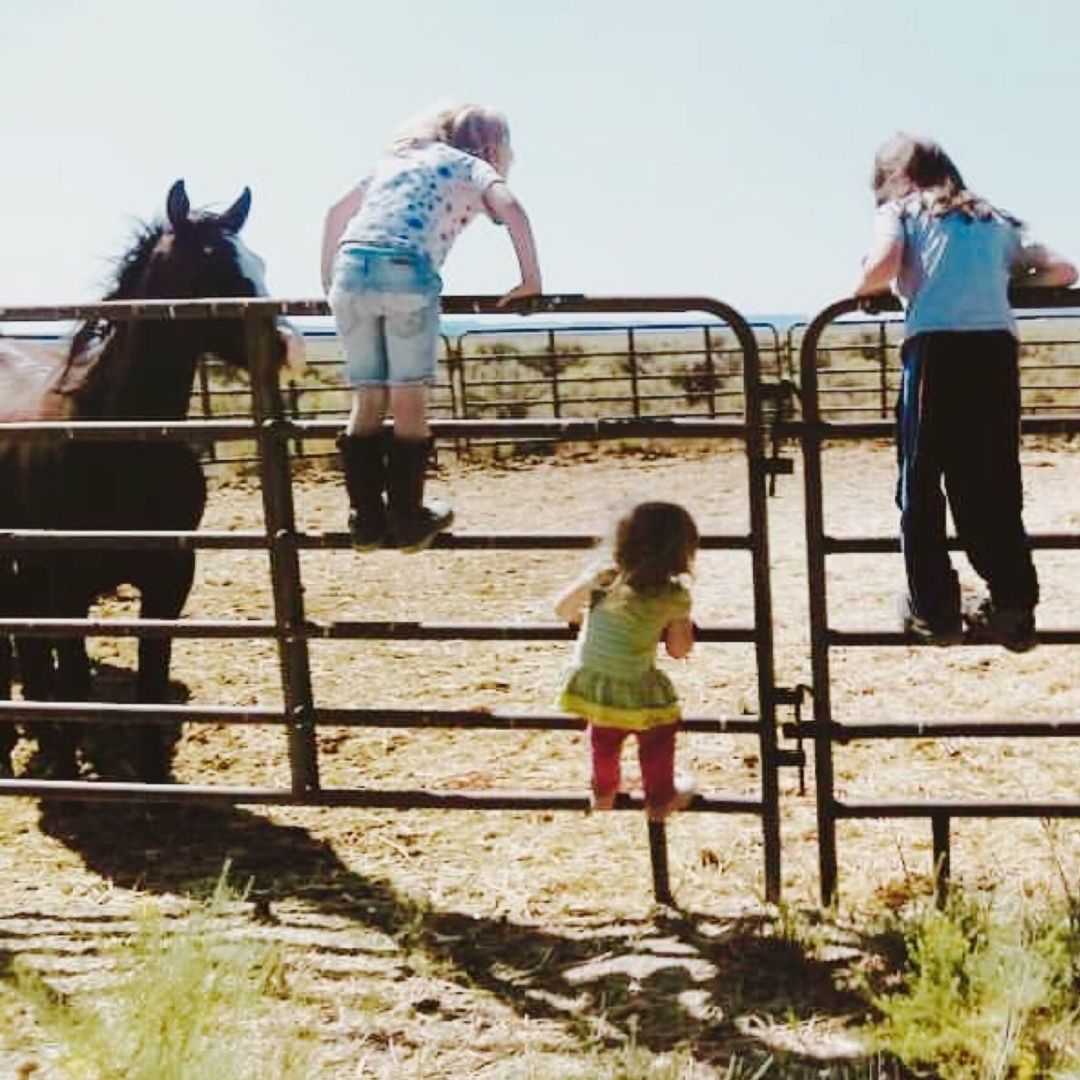Farms have changed — and the ways children experience a farm are changing, too. Fewer than 1 million youth live on farms but nearly 24 million will visit a farm, according to data from the National Children’s Center for Rural and Agricultural Health and Safety (NCCRAHS).
But whether children live on the farm, visit the farm, or work the farm, farm owners should talk to them — and their parents — about farm safety. A little bit of communication could help prevent an accident on the farm.
VISITING THE FARM
Children who don’t live on a farm may not know about the dangers they could encounter. Before any children arrive for a visit, try to see the farm as a child would. Farm buildings, equipment, and fields may look more like playgrounds than worksites. When guests arrive on the farm, talk to them about boundaries — where children can roam and what areas are off-limits.
PLAY SPACES ARE SAFE SPACES
If you have children living on your farm, designate a play area — and consider building a fence to separate the farm’s safe play area from its working areas.
Build the play area at least 50 feet from the hub of farm activity and any roadways. Keep it free from pests, wood or metal scraps, and open water. And choose a shady spot to help shelter children from sun, wind, and dust.
Be sure to childproof gates, barns, equipment, and sheds, too.
Source: National Farm Medicine Center (NFMC)
FARM ANIMALS ARE STILL ANIMALS
Children may find farm animals fascinating, but domesticated animals are still wild at heart. Popular YouTube videos and memes are a testament to this.
When farm animals feel they are cornered, they can get unpredictable. So, give your animals their own space and make the rules of interaction clear.
Source: NFMC
ONE DRIVER, NO RIDERS
Many farm vehicles do not have safe spots for passengers to ride, or safety restraints for them. Bumps, ditches, and uneven terrain can knock someone from a tractor. Plus, having a rider — especially a young one — can distract drivers and interfere with the safe operation of a farm vehicle.
Instead of letting children hop on something not meant for riders, offer them rides on farm vehicles designed for passengers, such as farm trucks or four-wheel drive vehicles. Another way to satisfy their curiosity is letting them sit in the operator’s seat while the engine is turned off and the key is removed.
Source: NFMC
HOW TO SAY NO TO RIDERS
Saying no to family, friends, and children who want to ride along can be a challenge. Here are some tips to help you with the task:
- Drop a hint. Place “NO RIDERS” decals on farm equipment, reminding operators and potential passengers of the dangers.
- Teach your children well. Instruct youth old enough to operate tractors that farm equipment is for work, not transportation.
- Just say no. Refuse to allow your friends and family to ride with you, no matter how nicely they ask.
Source: NFMC
WORKING ON THE FARM
Many farm owners struggle to hire labor and teenagers may be a solution. More than 265,600 teens who didn’t live on the farm were hired in agriculture in 2014, the most current data available from NCCRAHS.
So, these days, it’s even more important to to train your farm workers. While youth farm injuries are actually decreasing, nearly half of all fatal injuries to young workers from 2001 to 2015 were in agriculture, according to data gathered by NCCRAHS.
And the benefits of good training go beyond safety Farms give teens opportunities for hands-on learning and a chance to see fruits (maybe even literally) of their labor.
Here are three ways you can make sure teens work safely on the farm:
1. MODEL THE BEHAVIOR YOU WANT
Use the tools and equipment properly — and demonstrate key safety points. Encourage awareness of the surroundings, respect, and patience by practicing them yourself.
2. INTERACT WITH THEM
Don’t just talk at them. Demonstrate how to perform a task and then watch them perform it. Document the training in writing. Correct mistakes and review proper procedures as needed. Seek feedback from them and ask questions.
3. UNDERSTAND THEY ARE STILL KIDS
Avoid making value judgments about kids. Teens can be a handful, but a little patience and consistent enforcement of the rules can help create a good relationship.
When you’re training your teen workers, remember that they’re not always paying attention, have risk-taking attitudes, and may not understand the gravity of the consequences. These behaviors could cause injuries to themselves or others.
You can mitigate the chances of an accident by helping teen workers learn how to judge risk and what to do in case they make a mistake or get stuck in a bad situation.
Source: NCCRAHS
FOR MORE INFORMATION
For more information about farm safety, visit our farm safety tips and resources page. Want to know more about how we help farmers trust in tomorrow? Read about our farm insurance products and services or find an agent near you.
Want to see the original post? Click Here.

